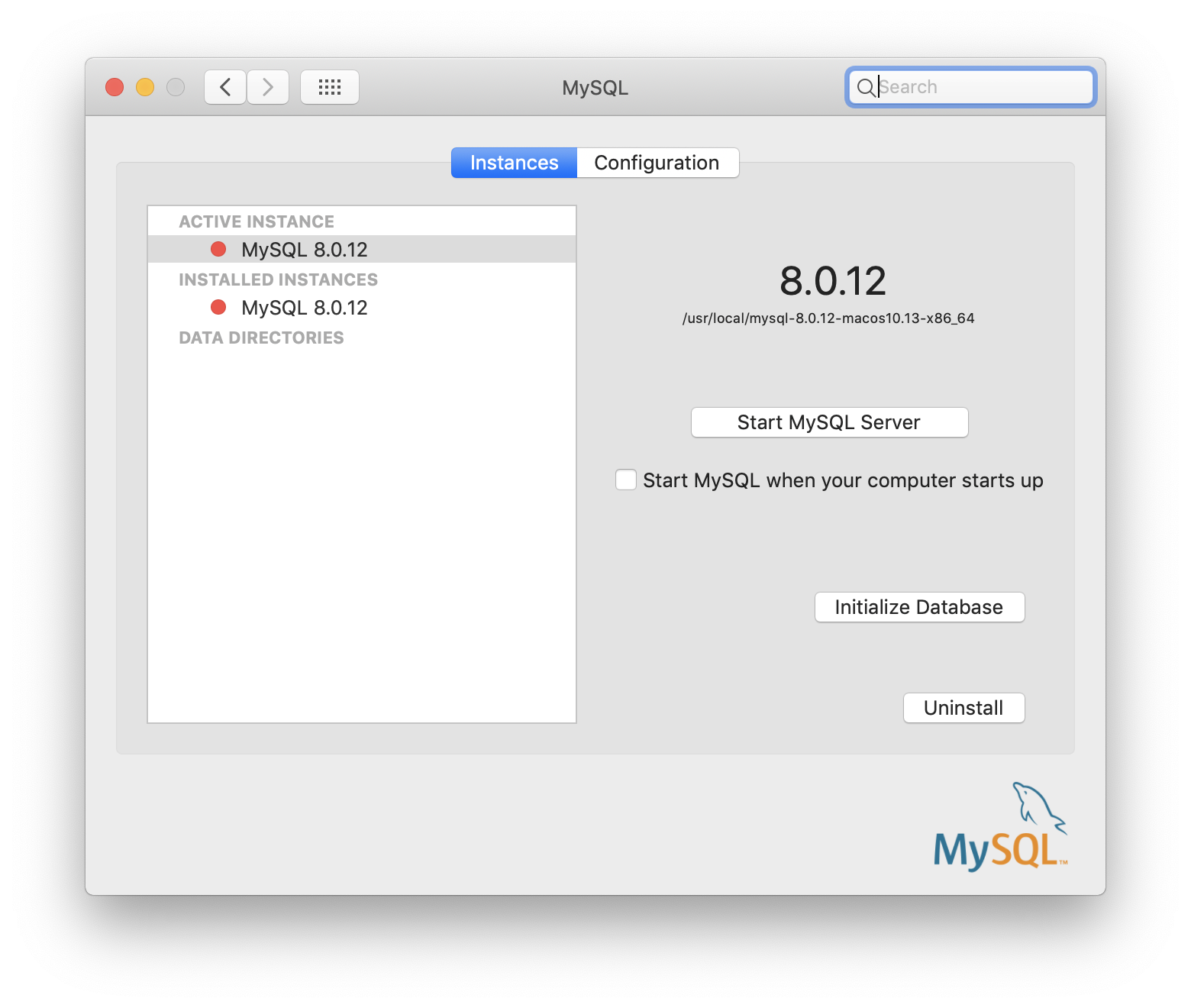
- MARIADB MAC OS MOJAVE FOR FREE
- MARIADB MAC OS MOJAVE MAC OS X
- MARIADB MAC OS MOJAVE INSTALL
- MARIADB MAC OS MOJAVE UPGRADE
Once the initial installation is completed, we run the following command to make sure everything is set up properly: This command downloads the installer and runs it. Full instructions are available on the Brew Project website at but the basic procedure is to open a terminal and run the following command:
MARIADB MAC OS MOJAVE INSTALL
Once Xcode is installed you can install brew.
MARIADB MAC OS MOJAVE FOR FREE
It’s available for free in the Mac App Store. The first thing you need to do is install Xcode Apple’s integrated development environment. Before you can install it, however, you need to prepare your system.
MARIADB MAC OS MOJAVE MAC OS X
One of the easiest ways to install MariaDB on Mac OS X is to use Homebrew, which is an Open Source package manager for that platform. If you got this far, congratulations! MariaDB is now installed and running on your Windows-based computer.
Eventually we will be presented with a dialog box with an installation complete message and a Finish button. MARIADB MAC OS MOJAVE UPGRADE
If we already have an older version of MariaDB or MySQL running on our machine, we will be prompted to upgrade the data files for the version we are installing, it is highly recommended that we do so. Under this will be various links, including one to the MySQL Client.
After the installation completes, there will be a MariaDB folder added to the start menu. If our version of Windows has User Account Control enabled, there will be a pop-up during the installation asking if we want to allow the installer to install MariaDB. All of them can be changed later by editing the my.ini file, so we don’t have to worry about setting them right away. There are other settings that we can make through the installer. The Optimize for transactions checkbox is checked by default. As with the service name, there is a default TCP port number (3306) which you can change if you want to, but it is usually best to stick with the default unless there is a specific reason not to. 
If we don’t it’s best to uncheck this box.
Check the Enable networking option, if you need to access the databases from a different computer. The Service Name textbox has the default value MySQL for compatibility reasons, but we can rename it if we like. The Install as service box is checked by default, and it’s recommended to keep it that way so that MariaDB starts up when the computer is booted. Unless we need to, don’t enable access from remote machines for the root user or create an anonymous account. If we are installing MariaDB for the first time, we must be sure to set the root user password when prompted. The installer will walk us through installing MariaDB. Depending on our settings we may be prompted to launch it automatically. Once the download has finished, launch the MSI installer by double-clicking on it. If you’re unsure, the 32-bit package will work on both 32-bit and 64-bit computers. For most computers, the 64-bit MSI package is probably the one that we want, especially if we have more than 4 Gigabytes of RAM. First click on the series we want (stable, most likely), then locate the Windows 64-bit or Windows 32-bit MSI package. 
If we are starting out with MariaDB on Windows, it is recommended to use the MSI packages. tar.gz files and they are only recommended for experts who know they want it.

As mentioned previously, the ZIP files are similar to the Linux binary. There are two types of MariaDB downloads for Windows: ZIP files and MSI packages. (For more resources related to this topic, see here.) Installing MariaDB on Windows







 0 kommentar(er)
0 kommentar(er)
